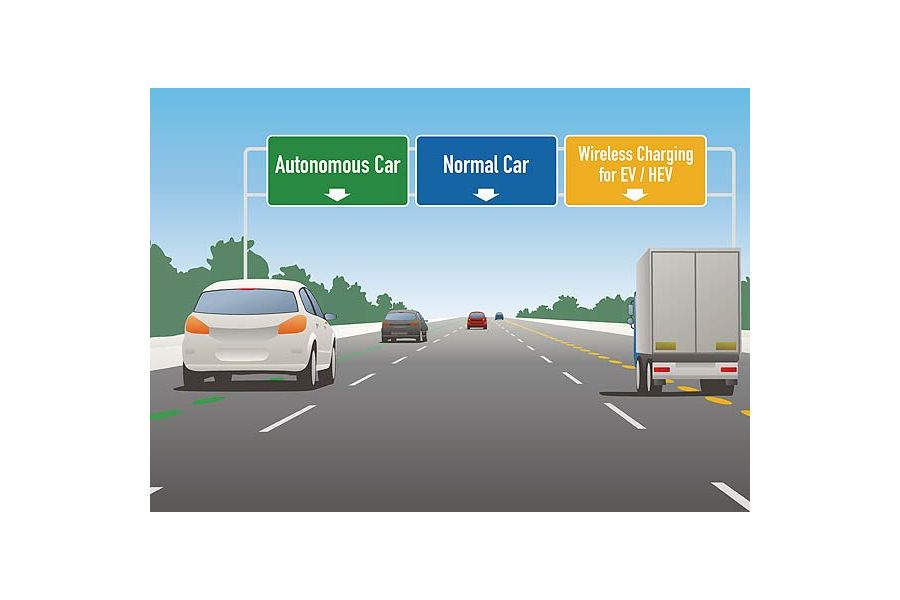In Self-Driving Cars We Someday Will Trust

No longer set in the science-fiction future, self-driving cars that can pick us up at home and drop us off at work are right around the corner, at least if you believe the pundits.
Already many semi-autonomous features are available on a wide variety of models, though they still require a driver to manually maintain control of the vehicle. These include automatic emergency braking, adaptive cruise control systems (some that even work in stop-and-go traffic), self-parking technology and lane-keeping systems that keep a car centered within roadway lane markers via subtle steering adjustments. Fully autonomous cars, on the other hand, are still several years away, and it may take that long for the industry to win over wary consumers.
According to a survey conducted by AAA in Orlando, Fla., while 59 percent of U.S. motorists expressed an interest in having autopilot features installed in their next cars, three-quarters confessed they’d ultimately be afraid of riding in a self-driving vehicle.
“U.S. drivers may experience the driver assistance technologies in their cars today and feel they don’t work consistently enough to replace a human driver – and they’re correct,” says Greg Brannon, AAA’s director of Automotive Engineering and Industry Relations. “While these technologies will continue to improve over time, it’s important that consumers understand today’s systems require your eyes on the road and your hands on the wheel.”
Yet industry experts contend fully auto-piloting autos have the potential to be safer than human drivers, if for no other reason than an amalgam of sensors and computers is more apt to focus 100 percent on the task at hand, and not get distracted by phone calls, text messages or squinting to see addresses and street signs.
To that end, a separate survey conducted by Erie Insurance determined that 59 percent of licensed drivers believe self-driving cars will solve the potentially fatal problem of distracted driving, which is said to claim more than 3,000 lives and cause more than 400,000 injuries each year.
So, if we’re not going to be doing the driving, what will motorists do to pass the time while we’re being auto-piloted to the office or the shopping mall? According to Erie’s survey, drivers plan on unbridled distracted driving, only without fear of either lethal or legal consequences.
A third (34 percent) of those polled said they’d probably just go on texting or emailing, with 45 percent planning on conducting mobile phone conversations to pass the time. Otherwise, 27 percent said they’d sit back and read, while 21 percent would watch videos and 11 percent would play video games. On the esoteric side, 10 percent plan on meditating, and 2 percent said they’d exercise.
Just more than half (51 percent) of drivers queried look forward to being able to take longer road trips without worrying about drowsy driving; at that, 19 percent would go ahead and take a nap while their cars take the wheel.
A third (33 percent) of all respondents felt that one of the biggest advantages of self-driving cars would be the dubious ability to get from Point A to Point B safely while under the influence of liquor or drugs. While it’s open to question whether or not local laws would still require a sober and capable person in charge of an auto-piloted ride, 13 percent of drivers don’t think it should be illegal to helm a self-driving car while tipsy or stoned, and 5 percent look forward to the day in which they go ahead and openly imbibe while operating one.
And seven percent of those polled said they’d make good use of the time by “engaging in romantic activities” while sitting in traffic, with 11 percent of men planning an en route encounter, versus just 3 percent of women.
Let’s just hope that tomorrow’s autopilot autos come with deep-tinted windows.
Copyright © CTW Features